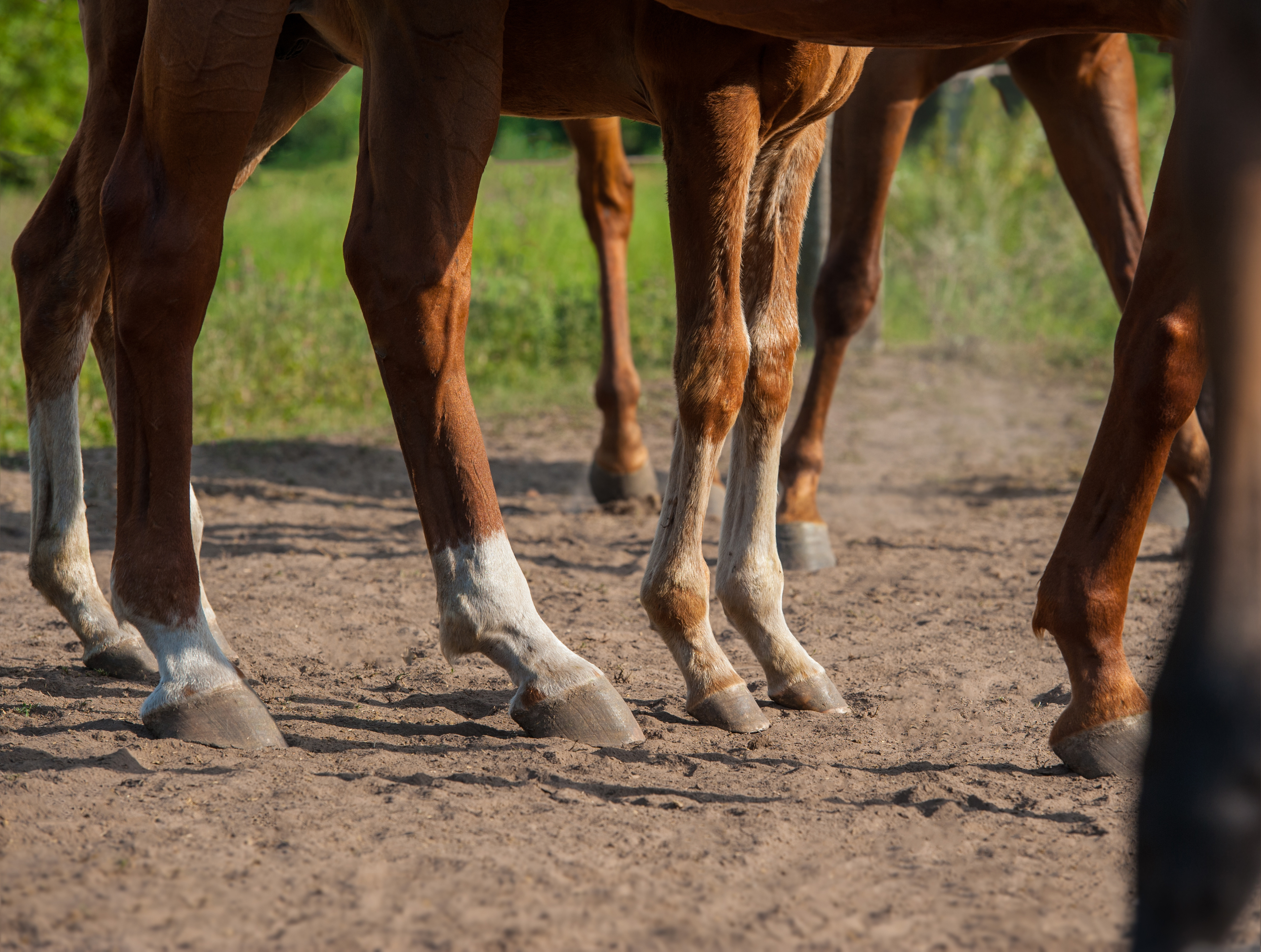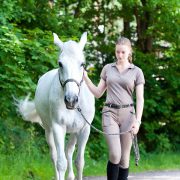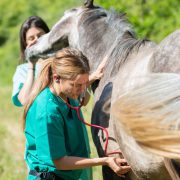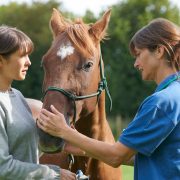Computed tomographic contrast tenography of the digital flexor tendon sheath of the equine hindlimb
Computed tomographic contrast tenography of the digital flexor tendon sheath of the equine hindlimb

Requires membership/payment
This article can be accessed via RCVS Knowledge Library Membership (click here).
In our edition of: Apr 2018
In our categories of: equine
our summary:
Agass, R., Dixon, J., and Fraser, B. (2017) Computed tomographic contrast tenography of the digital flexor tendon sheath of the equine hindlimb. Veterinary Radiology & Ultrasound 59 (3) pp 279-288
Pre-surgical diagnostic investigation of the equine digital flexor tendon sheath is challenging with the current standard imaging techniques of ultrasonography and contrast radiography.
Computed tomography (CT) provides 3D images of the anatomy together with enhanced visualisation of the surrounding soft tissues which could assist the clinician’s assessment of the lesions and lead to a better surgical approach and anaesthetic positioning of the horse.
This study investigated the use of non-contrast CT and computed tomographic contrast tenography imaging techniques for identification of the structures within the hind limb digital flexor tendon sheath in clinically normal cadaver limbs.
Twenty distal hind limbs (10 right and 10 left) were collected for the study. The limbs were examined within 12 hrs of the animal being euthanised and deemed as being free from any sign of digital flexor tendon sheath abnormalities by two authors.
First the limbs underwent the non-contrast CT examination using a sixteen slice multidetector CT scanner. Then a contrast agent ioversol diluted in saline solution was injected into the digital sheath of the limbs and the CT examination was then repeated (computed tomographic contrast tenography).
All CT images were anonymised for blind reviewing and interpretation by the two authors.
Results showed that superficial and deep digital flexor tendon borders were visualised in 85% of CTs and 100% of computed tomographic contrast tenographies (contrast CTs), the manica flexoria was visible in 70% of CTs and 90% of contrast CTs. The vinculum of the superficial digital flexor tendon was only visible using contrast CT (100%). Plantar annular ligaments were visualised in 80% of non-contrast CTs and 20% of contrast CTs and the proximal digital annular ligament in 85% of non-contrast CTs compared to in 35% of contrast CTs. The distal digital manica was visible in 95% of contrast CTs.
Overall the ability to image the superficial and deep digital flexor tendons with a combination of contrast and non-contrast CT was 100%. In combination the two types of CT visualised 95% of the manica flexoria, plantar annular ligament and distal digital manica and 100% of the vinculum of the superficial digital flexor tendon, as well as 100% of the dorsal mesotenons of the deep flexor tendon.
A limitation of the study was that it was carried out on clinically normal cadaver limbs.
The results of this preliminary investigation demonstrate that the combined use of non-contrast CT and contrast CT imaging techniques greatly improved the image quality of the anatomical structures within the equine hind limb digital flexor tendon sheath. Having images with greater clarity will enable more accurate diagnosis prior to exploratory tenoscopy and thus allow veterinary surgeons and owners to make more informed treatment choices. The benefits of the improved image quality has to be weighed against the prolonged anaesthetic time (approximately 20 minutes) required for the non-contrast and contrast CT examinations and contrast administration. Future studies investigating the use of non-contrast CT and contrast CT in horses with lesions of the hind limb digital flexor tendon sheath would be of value.
Image copyright attribute: graf_montekristo / 123RF Stock Photo
Join the discussion
We welcome all constructive comments and discussions. Please include the hashtag(s) below to ensure all comments can be displayed below and enable wider participation





